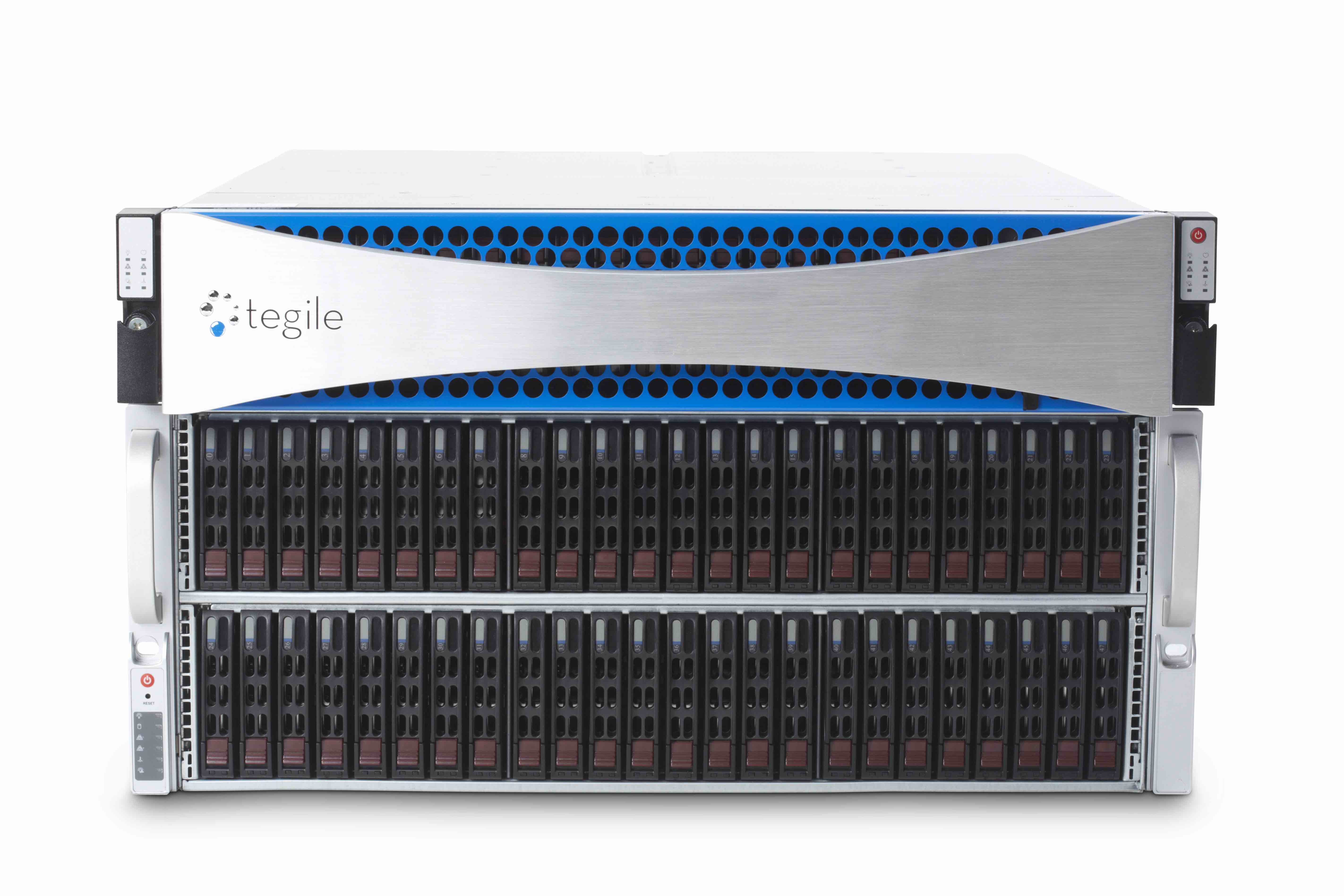10 December 2015
Tegile Systems reckons flash hybrid storage is now the “undisputed standard” in virtualised enterprises.
Hybrid-flash is prevailing over all-flash platforms as virtualisation hits critical tipping point in the enterprise, according to a new survey by Tegile Systems.
The flash storage specialist partnered with ActualTech Media in its poll of more than 1,000 IT professionals worldwide.
Scott D. Lowe, partner and co-founder of ActualTech Media, says: “Virtualisation as a trend has been growing steadily for some time now, but available tools have now achieved the credibility to convince IT to move even the largest or most important workloads to a virtual environment.”
Other findings from the study suggest that as virtualisation further penetrates the data centre market, companies are re-examining their systems and best practices. The researchers say this is "sparking a renaissance" in the storage landscape.
Tegile says a rising number of enterprises are turning to VMs to power greater workloads, even across their most mission-critical systems.
According to the survey, more than 60 per cent of respondents operate with a majority of their environment virtualised, with 97 per cent having at least some of their workloads virtualised. Of those, 66 per cent have virtualised Microsoft SQL Server.
Among applications that generate large workloads, file sharing, Microsoft Exchange and SharePoint are virtualised by 53, 49 and 45 per cent respectively.
Tegile believes the research reveals that flash hybrid systems have emerged and established themselves as the “undisputed industry standard” among modern, virtualised enterprises.
Sixty one per cent of respondents indicate they currently use a hybrid storage array within their data centre. Almost a quarter use all-flash arrays in combination with other storage infrastructure, whilst only three per cent run their entire storage environment using all-flash. More than 70 per cent cite improving existing application response times as a key driver for deploying flash storage.
The study also indicates that companies continue to struggle with storage systems that do not deliver the performance, capacity, and functionality they require, signalling an urgent demand for fast, flexible storage solutions.
Just over half the respondents say that they experience storage performance issues, and 58 per cent reveal a level of capacity issues.
Around the same percentage report using multiple storage protocols, with 30 per cent using three or more protocols.
Block-level protocols are most popular for virtualised environments, with 48 per cent saying they use Fibre Channel and 42 per cent stating they use iSCSI. Thirty six per cent say they use NFS.
Tegile Systems’ CTO Rajesh Nair says: “It’s critical that a storage system today supports both block and file storage protocols and accommodates different types of storage mediums, whether it’s all flash, a mixture of flash and disk, or a mixture of high-performance flash and high-density flash.”
The 2016 State of Storage in Virtualisation










